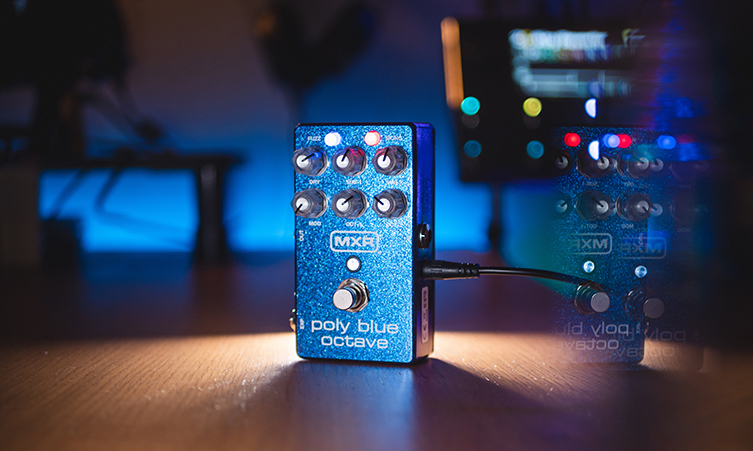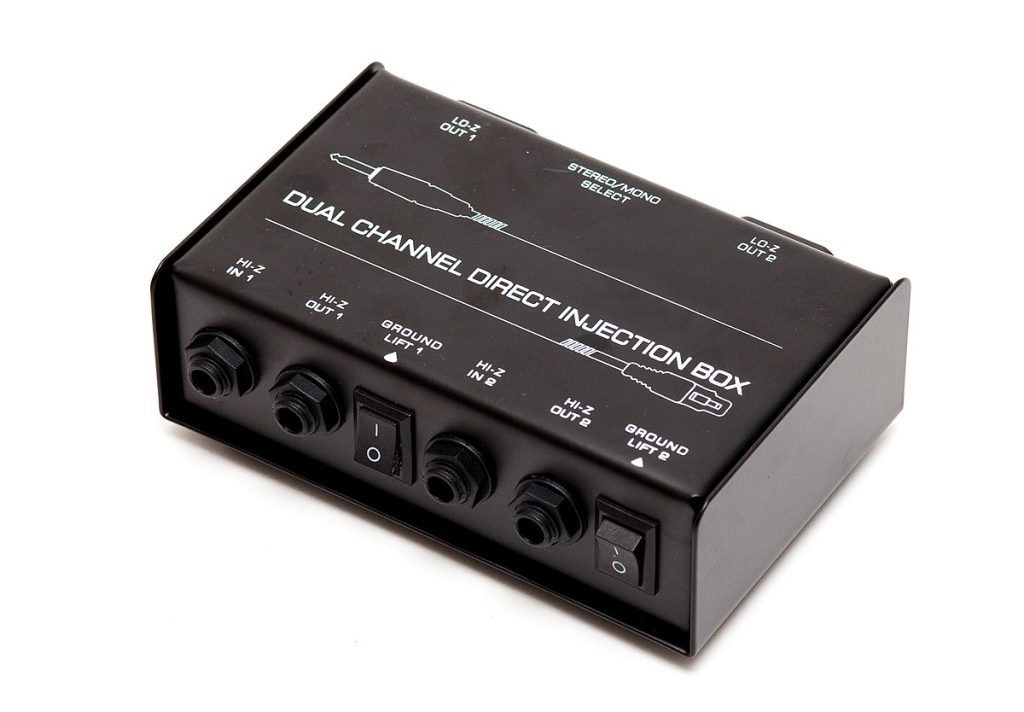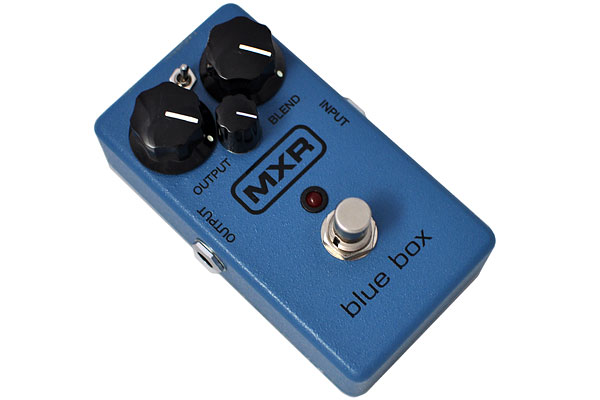The MXR Blue Box is a legendary guitar pedal that has been a staple in the world of rock and blues since its introduction in the 1970s. Developed by MXR, a company known for its high-quality effects pedals, the Blue Box quickly gained popularity for its unique sound and tone. The pedal combines octave fuzz and voltage starve to create a distinctive and powerful sound that has been used by countless guitarists over the years.
The Blue Box was first released in 1972 and quickly became popular among guitarists looking for a way to add a unique and aggressive sound to their playing. The pedal was designed to emulate the sound of a 12-string guitar, but it quickly became apparent that it had a much wider range of applications. The Blue Box’s ability to produce thick, rich tones with a touch of grit made it a favorite among guitarists in genres ranging from blues to heavy metal.
The Science of Octave Fuzz
Octave fuzz is a type of distortion effect that combines fuzz and octave effects. It works by taking the input signal from the guitar and doubling it, creating an octave above the original note. This creates a thick, rich sound that can add depth and complexity to a guitarist’s tone.
There are many other pedals on the market that use octave fuzz, but the MXR Blue Box is unique in its ability to produce such a wide range of tones. The pedal’s circuitry is designed to create a smooth, natural-sounding octave effect that doesn’t overpower the original signal. This allows guitarists to achieve a wide range of sounds, from subtle and warm to aggressive and biting.
Understanding the Circuitry of the MXR Blue Box
The MXR Blue Box features a simple yet effective circuitry that contributes to its unique sound. The pedal consists of several key components, including an octave divider, a fuzz circuit, a voltage starve control, a blend control, and an output impedance control.
The octave divider is responsible for creating the octave effect in the Blue Box’s sound. It takes the input signal from the guitar and doubles it, creating an octave above the original note. This creates a thick, rich sound that adds depth and complexity to the tone.
The fuzz circuit is responsible for adding grit and distortion to the Blue Box’s sound. It takes the doubled signal from the octave divider and applies a fuzz effect to it, creating a thick, aggressive tone. The fuzz circuit in the Blue Box is known for its smooth, natural-sounding distortion that doesn’t overpower the original signal.
The Role of the Octave Divider in the Blue Box’s Sound

The octave divider is a key component of the MXR Blue Box’s sound. It takes the input signal from the guitar and doubles it, creating an octave above the original note. This creates a thick, rich sound that adds depth and complexity to the tone.
The octave divider in the Blue Box is designed to create a smooth, natural-sounding octave effect that doesn’t overpower the original signal. This allows guitarists to achieve a wide range of sounds, from subtle and warm to aggressive and biting.
Many famous songs have used octave divider effects to great effect. One notable example is Jimi Hendrix’s “Purple Haze,” which features a prominent octave divider effect throughout the song. The use of the octave divider adds a unique and otherworldly quality to Hendrix’s guitar playing, making it one of his most iconic songs.
Examining the Role of the Fuzz in the Blue Box’s Tone
The fuzz circuit in the MXR Blue Box is responsible for adding grit and distortion to its sound. It takes the doubled signal from the octave divider and applies a fuzz effect to it, creating a thick, aggressive tone.
The fuzz circuit in the Blue Box is known for its smooth, natural-sounding distortion that doesn’t overpower the original signal. This allows guitarists to achieve a wide range of sounds, from subtle and warm to aggressive and biting.
Compared to other fuzz pedals on the market, the Blue Box’s fuzz circuit stands out for its versatility and unique tone. While some fuzz pedals can sound harsh or overly aggressive, the Blue Box’s fuzz circuit produces a smooth, natural-sounding distortion that enhances the original signal without overpowering it.
The Impact of the Voltage Starve on the Blue Box’s Sound
The voltage starve control is a unique feature of the MXR Blue Box that allows guitarists to adjust the amount of voltage going into the pedal. This affects the overall sound and tone of the pedal, allowing for a wide range of sounds.
When the voltage starve control is turned down, the Blue Box produces a darker, more compressed sound. This can be useful for achieving a vintage or lo-fi sound. When the voltage starve control is turned up, the Blue Box produces a brighter, more open sound. This can be useful for achieving a modern or high-gain sound.
Other pedals on the market also use voltage starve to achieve different sounds. One notable example is the Zvex Fuzz Factory, which allows guitarists to adjust the voltage going into the pedal to create a wide range of fuzz tones.
The Role of the Blend Control in Shaping the Blue Box’s Tone
The blend control on the MXR Blue Box allows guitarists to adjust the mix of octave and fuzz in their tone. This can be useful for achieving different sounds and textures.
When the blend control is turned all the way down, only the octave effect is heard. This can be useful for creating a thick, rich sound with no distortion. When the blend control is turned all the way up, only the fuzz effect is heard. This can be useful for creating a gritty, aggressive sound.
The blend control can also be used to achieve a balance between the octave and fuzz effects. This can be useful for creating a wide range of sounds, from subtle and warm to aggressive and biting.
The Impact of the Input Signal on the Blue Box’s Sound

The input signal from the guitar has a significant impact on the sound and tone of the MXR Blue Box. The pedal is designed to respond differently to different input signals, allowing guitarists to achieve a wide range of sounds.
When the input signal is clean and low, the Blue Box produces a smooth, warm sound. This can be useful for achieving a vintage or bluesy tone. When the input signal is dirty and high, the Blue Box produces a gritty, aggressive sound. This can be useful for achieving a modern or high-gain tone.
To get the best sound from the Blue Box, it’s important to experiment with different input signals. Try playing with different pickup settings on your guitar or adjusting the volume and tone controls to find the sweet spot that works best for your playing style.
The Importance of the Output Impedance in the Blue Box’s Tone
The output impedance of the MXR Blue Box has a significant impact on its sound and tone. The output impedance determines how much signal is sent to the amplifier, affecting the overall volume and clarity of the sound.
The Blue Box has a relatively low output impedance, which means that it sends a strong signal to the amplifier. This can result in a louder, more aggressive sound that cuts through the mix. It can also result in a slightly brighter tone with more clarity and definition.
Compared to other pedals with different output impedance, the Blue Box stands out for its ability to produce a powerful, clear sound that doesn’t get lost in the mix. This makes it a popular choice among guitarists who want to make a statement with their playing.
Conclusion: The Unique Sound and Tone of the MXR Blue Box
In conclusion, the MXR Blue Box is a legendary guitar pedal that has been a staple in the world of rock and blues since its introduction in the 1970s. Its unique combination of octave fuzz, voltage starve, and blend control allows guitarists to achieve a wide range of sounds, from subtle and warm to aggressive and biting.
The Blue Box’s circuitry, including its octave divider and fuzz circuit, contributes to its distinctive sound. The pedal’s ability to create a smooth, natural-sounding octave effect and a smooth, natural-sounding distortion sets it apart from other pedals on the market.
The Blue Box’s impact on music history cannot be overstated. Its unique sound and tone have been used by countless guitarists over the years, from Jimi Hendrix to Jack White. Today, the Blue Box continues to be a popular choice among guitarists looking for a way to add a unique and aggressive sound to their playing.
